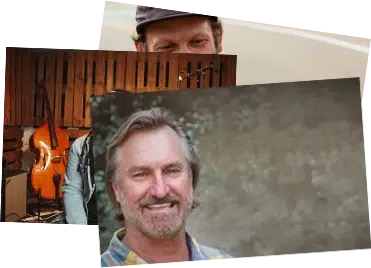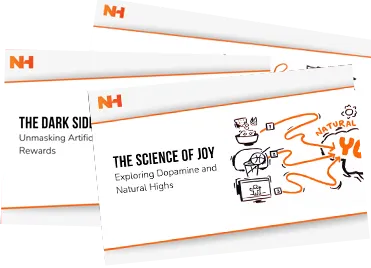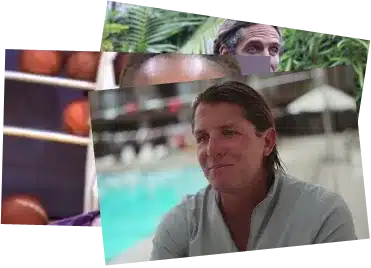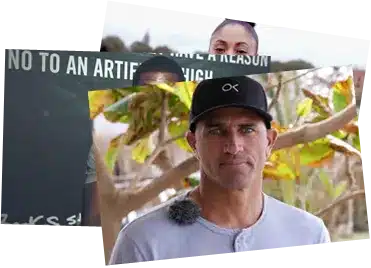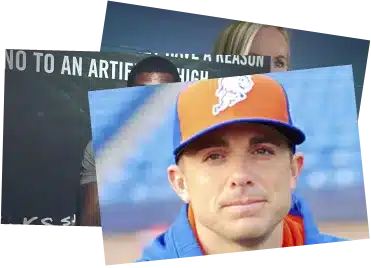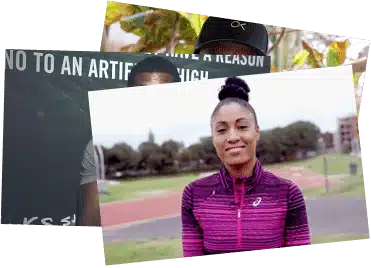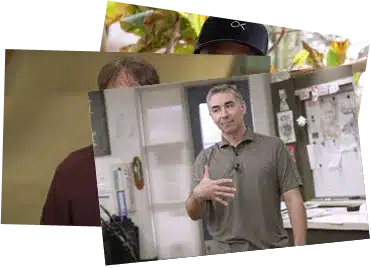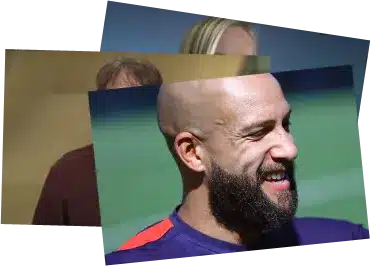Playlists
We offer a variety of drug prevention videos to choose from. You can start with a curated video Playlist,
where we select a series of Storytellers for you to follow, or choose from over 50 Storytellers in our Library. Our program is highly
adaptable and can be used in a variety of ways.
Educators, you can share the videos every day for a week-long campaign, a
specific class unit, or spread them out over the year.
Parents, we recommend having a low-pressure Sunday night "watch and discuss" after dinner.
How It Works
Getting Started Is As Easy As 1,2,3!
-
Step 1 Watch
A Natural High Video

-
Step 2 Discuss
Together As A Group

-
Step 3 Go Deeper
Through Fun Activities

Watch
Storytelling is powerful. And effective. Our 4-6 minute videos are dynamic, high-quality and personal stories that deliver life-changing messages to students. Research has shown that youth behavior change can be dramatically influenced by the right messaging. Our Playlists contain 5-7 of our popular Storytellers, paired with discussion questions and activities for kids in grades 6-12.
Discuss
This is where the ‘good stuff’ happens. After watching a video we make it easy for you to facilitate a thoughtful conversation with our discussion guides. We give you what you need to ask meaningful questions and draw all students or children into a dialogue about the story they just watched. You can also make up your own questions, of course.
Go Deeper
We’ve designed interactive ways to go deeper into concepts shown by the storytellers in the videos. Each story has specific activities tied to the story that naturally follow the discussion. We also have a whole library of activities that can be used after any storyteller video.
Click here to sign up to receive relevant, research-based articles that will help you protect your student or child and navigate the middle school and high school years as a parent or teacher.
Advisory
Advisory periods offer moments for students and faculty to engage in authentic conversation.
Student Club
This is a playlist intended to be used with a student-led Natural High Club.
Parent
This playlist will help you get started and continue conversations about drug and alcohol abuse.
FAQs
-
What type of substance abuse educational videos do you have?
We offer a variety of substance abuse educational videos for you to choose from. Each video spotlights a cultural influencer, what we call Storytellers, that kids admire and trust. They share stories of finding their natural highs and the decisions they made when faced with peer pressure surrounding drugs and alcohol. Our approach embodies what the research tells us: young people respond best to a positive message delivered by peers and role models. It’s not enough to tell kids not to do something; you’ve got to give them something better as an alternative.
-
What is a Storyteller?
Storytellers are cultural influencers that kids look up to. They can be athletes, artists, musicians, singers, or designers. Our substance abuse educational videos showcase stories to give hope, purpose, and encouragement to kids. Our Storytellers share their stories of pushing through hardship, developing resilience, overcoming obstacles, and making good decisions. Each Storyteller video has discussion questions and activities. Choose a Storyteller to get started.
-
What is a Playlist?
A series of substance abuse educational videos we call Storyteller videos. They are curated by theme from our Storyteller Library. We offer playlists for homeroom, advisory period, health, science classes, and for Red Ribbon Week each year. You can choose to start by using one of our playlists, or if you prefer, you can create your own. Many teachers and parents start with our Playlists, and some prefer to create their own series using individual videos.
-
Can I use any Playlist I want to?
Yes! Our curriculum is flexible. It can be used to meet a variety of needs, from brief 10-15-minute discussions to project-based work that takes place across multiple days or class periods.
-
Do I have to use a Playlist?
No, many teachers and parents start with our Playlists, where we’ve selected a series of Storytellers for you to follow. Some prefer to use our individual videos found in the Library. These can be used as a standalone or can be combined with other videos to create a series. We also recommend asking youth to choose a Storyteller from the library that they relate to.

